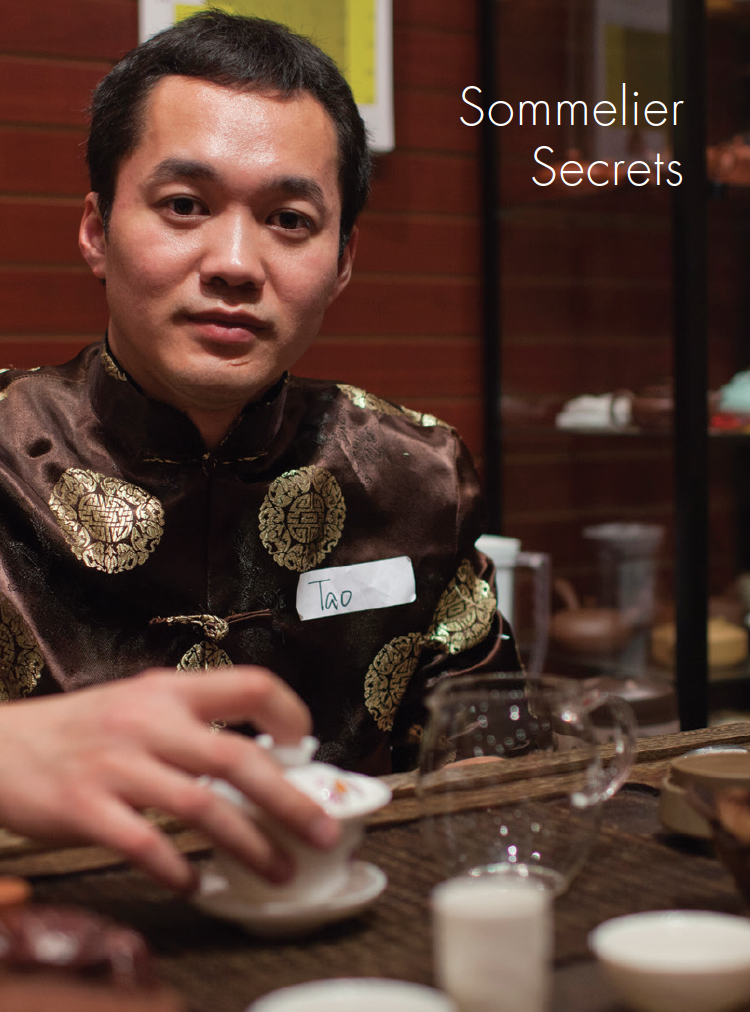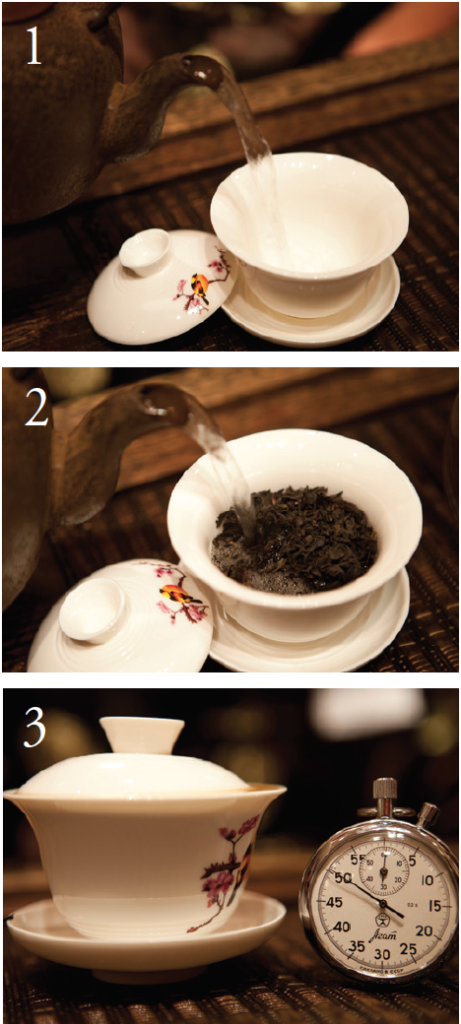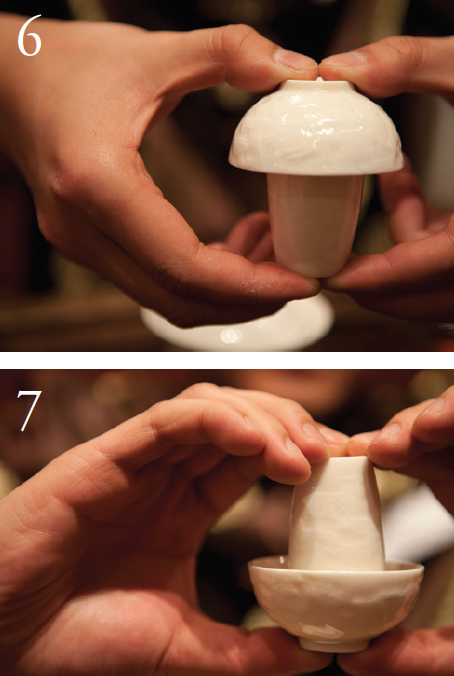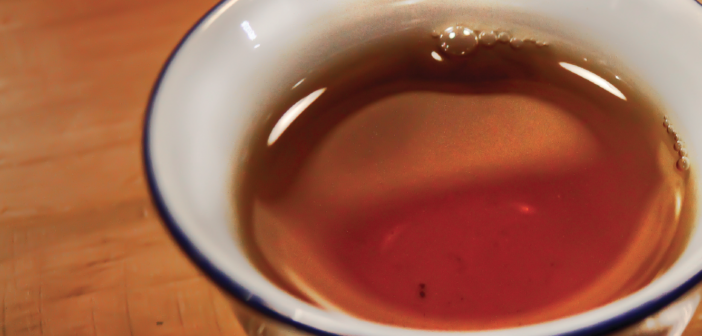BY TAO WU – CONTRIBUTOR
 Oolong (also known as Wulong) is a unique and vast category of semi-oxidized teas that walk the line between green teas and black teas. They are the fruits of unfathomable time and resources spent refining the leaves after plucking.
Oolong (also known as Wulong) is a unique and vast category of semi-oxidized teas that walk the line between green teas and black teas. They are the fruits of unfathomable time and resources spent refining the leaves after plucking.
The main difference between oolongs is the amount of oxidation. Oolongs range from 10 percent to 70 percent oxidation. With a range of that magnitude, it is no wonder that so many astounding flavors have been created. However, this wide range of varieties makes it hard to give all-inclusive description of the flavor of oolong teas. Oolongs can be light with sweet vegetal flavors or thick and heavy with earthy and woody tones.
Oolong tea is best brewed at hotter temperatures. Depending on the level of oxidation the tea should be steeped with water at 93-100 degrees Celsius (200-212 F). The wonderfully rich and warm flavors of oolongs can be lost to an overwhelming bitterness if steeped too long. Steeping times will vary based on your method. If you use a gaiwan we recommend shorter steeps. The first steeping should last for 50 seconds, the second for 15 and the third for 20. Quick steeps will allow you to appreciate the evolving flavors of each brew. For a regular teapot or mug we recommend steeping for 2-4 minutes depending on your taste. Remember, oolongs can be re-steeped several times. As the leaves are steeped, their tight curls slowly open up. Fresh water for new infusions can continue to be added until the leaves are completely open.
 Steps for steeping in a gaiwan
Steps for steeping in a gaiwan
1. Bring water to a boil in a kettle. Spring water or filtered water is ideal.
2. Preheat the teaware by pouring the boiling water into the gaiwan, then transferring it into the serving glass or sharing pitcher then into each guest’s teacup.
3. Place a measured amount of tea leaves into the gaiwan. The leaves should not fill more than 1/3 of the steeping vessel.

4. Rinse the tea by pouring the hot water into the gaiwan and emptying it out as quickly as possible. This “wakes up” the leaves and removes any dust from the packaging process.
5. Pour the kettle’s water into the gaiwan once again and wait for the tea to steep. For the first steeping, wait 50 seconds. For the second infusion, steep for 15 seconds and for the third, 20 seconds.

6. When the time is up, transfer the tea into the serving glass or sharing pitcher through a filter.
7. To use a tasting cup pair, fill the aroma cup, then place the drinking cup face-down on top. Carefully turn them over together, transferring the liquid to the drinking cup.
8. Appreciate the fragrance of the tea left in the aroma cup before tasting the tea itself.
—
Tao’s Profile Tao is Tao Wu, founder of the Tao Tea Leaf. Tao Wu was raised in Wu Yi Shan, known for its poetic landscape and as a center for oolong and black teas in Fujian province. Tao Tea Leaf continues the rich history of Chinese tea culture. Tao Wu is a second generation tea exporter and a certificated tea sommelier.




